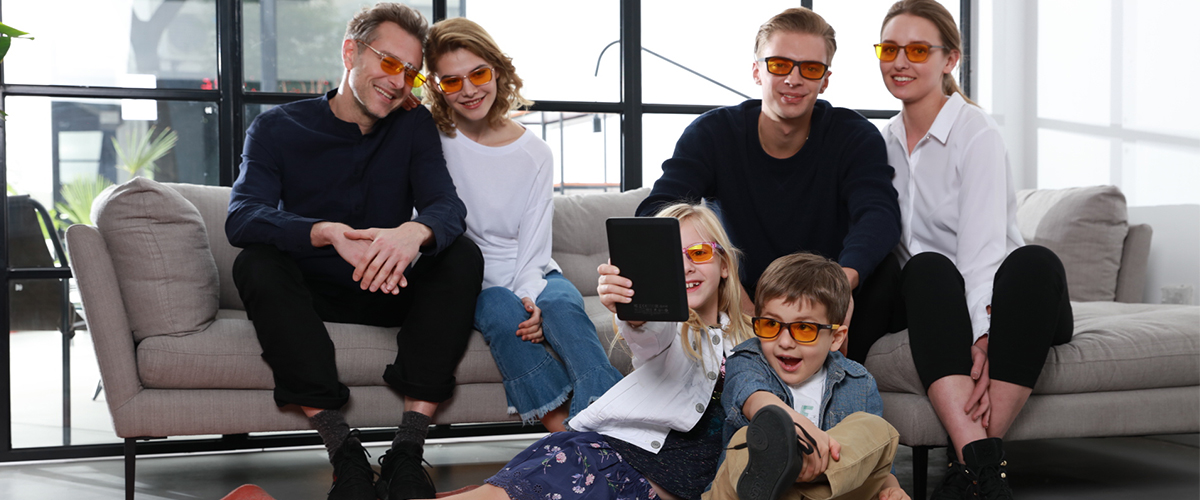
Blue light protection for elderly – is it necessary?
New studies show a connection between blue light and the development of cataracts. In today’s digital era, we are constantly surrounded by screens and modern

Why should you put up with a yellow tint when there are completely transparent glasses available that promise blue light protection? In fact, it is an empty promise that many manufacturers make here. A short excursion into physics quickly makes this clear.

In my opinion, what most eyewear professionals can offer on the subject of blue light protection is in no way sufficient! I have often seen opticians amazed when I demonstrate by spectrometer the low degree of blue light protection offered by the lenses of well-known manufacturers…
A rule of thumb applies due to the physical laws of optics: if a lens does not look yellow, it can hardly filter blue light. However, it is also true: not every yellow glass filters sufficient blue light, especially not necessarily the parts that are particularly harmful to the eye and retina…
A color filter separates the incident light into two portions: one portion is transmitted and a second portion is removed from the full spectrum. This splitting of the spectrum can be achieved by different techniques, e.g. reflection or absorption. PRiSMA uses a combination of both technologies to achieve optimum filtration efficiency.
According to the laws of optics, it follows that an absorption filter, which removes blue light from the spectrum, looks yellow. Similarly, a filter that eliminates the yellow component would look blue. According to the principle of additive color mixing, which applies when colored light is mixed, the colors red, green and blue together produce white light. If we now take out the blue component, red and green light remain, which together produce the perception of yellow.
For this reason, blue light filters that work effectively always look yellow. In this way, the consumer can judge at any time, even without measuring instruments, whether a filter can really deliver the promised filter effect, because a pale yellow filter allows many more blue components to pass through than a filter in a strong yellow or saturated orange tint. However, this rule of thumb only applies to pale filter strengths. Ultimately, only a measurement can provide an exact assessment.

New studies show a connection between blue light and the development of cataracts. In today’s digital era, we are constantly surrounded by screens and modern

Screen glasses with blue light filters, which are recommended for working on a PC, would allegedly not offer much added value. This is the result

The PRiSMA® BluelightProtect LiTE95 filter glasses can be described as the UNIVERSAL filter with a true 95% blue light filter rate in the 400 to
